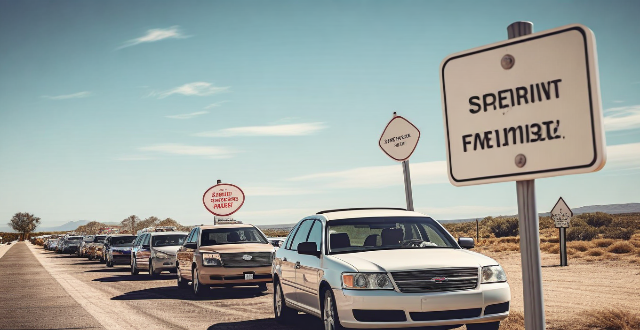Driving in different countries or regions requires preparation and knowledge to ensure safety. Research local driving laws, obtain the proper license and documentation, familiarize yourself with local road signs, drive on the correct side of the road, use caution when passing other vehicles, and respect local customs and courtesies.

Tips for Driving in Different Countries or Regions
Driving in different countries or regions can be a thrilling experience, but it also requires some preparation and knowledge to ensure safety and compliance with local laws. Here are some tips to help you navigate the roads abroad:
Research Local Driving Laws and Regulations
Before you hit the road, make sure to familiarize yourself with the local driving laws and regulations. This includes speed limits, alcohol limits, required documentation, and any specific rules that may apply in certain areas. You can typically find this information on the website of the country's embassy or tourism board.
Obtain the Proper License and Documentation
Make sure you have the proper license and documentation required by the country you are visiting. Some countries require an International Driving Permit (IDP), which serves as a translation of your domestic driver's license. Check with your local automobile association for more information on obtaining an IDP.
Familiarize Yourself with Local Road Signs and Markings
Road signs and markings can vary significantly from country to country. Take time to learn what the common signs mean in the country you are visiting. This will help you navigate safely and avoid confusion while driving.
Drive on the Correct Side of the Road
In many countries, drivers are required to drive on the opposite side of the road than they do at home. Be aware of this before getting behind the wheel and adjust accordingly. Always use caution when entering intersections and roundabouts, as these can be particularly confusing for drivers unfamiliar with local driving customs.
Use Caution When Passing Other Vehicles
Passing other vehicles can be risky in unfamiliar territory. Make sure to exercise caution and follow local passing laws. In some countries, passing is only allowed in certain areas or under specific conditions. Always signal your intentions clearly and check your mirrors frequently.
Respect Local Customs and Courtesies
Finally, remember to respect local customs and courtesies while driving. This includes yielding to pedestrians and cyclists, using turn signals, and avoiding aggressive driving behaviors. By showing respect for local traditions and practices, you'll not only stay safe but also earn the respect of those around you.